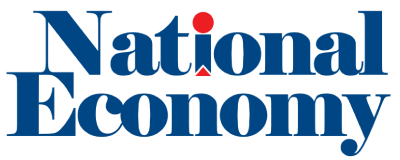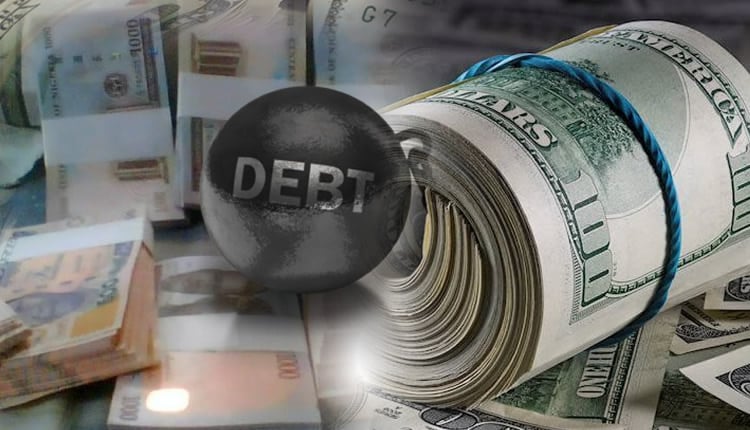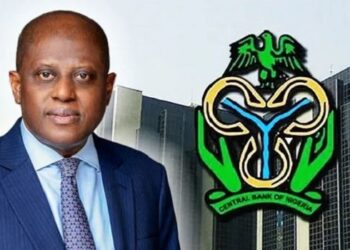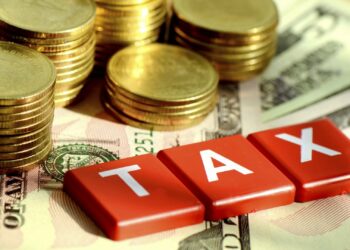In the intricate dance of economic management, few instruments provoke as much debate as external borrowing. For Nigeria, borrowing from foreign creditors has long been a double-edged sword, a necessary lifeline in times of crisis, yet a heavy chain that can shackle generations if mishandled.
External loans, when prudently utilised, offer undeniable advantages. They provide immediate access to capital for development projects that the government’s limited revenues cannot fund. In a country grappling with infrastructural decay, poor power supply, and widening social deficits, foreign credit can help bridge financing gaps. It can fund highways, ports, schools, hospitals, and power plants, projects that could stimulate growth, create jobs, and improve living standards. Furthermore, concessional loans from multilateral institutions such as the World Bank or the African Development Bank often come with low interest rates and long repayment periods, making them less burdensome than domestic debts that attract higher interest.
External borrowing also bolsters foreign reserves and helps stabilise the exchange rate, especially when export earnings are volatile. For an oil-dependent nation like Nigeria, where global oil price fluctuations can upset budgetary projections, access to foreign credit can serve as a buffer to maintain fiscal stability.
However, the demerits of excessive external borrowing are equally weighty, and increasingly visible. Nigeria’s public debt profile, which stood at about ₦121 trillion as of mid-2025, continues to spark concern among economists and investors. While the Debt Management Office (DMO) insists that Nigeria’s debt-to-GDP ratio remains within a “sustainable” range, the real strain lies in debt servicing. A growing share of national revenue, more than 80 per cent in recent years, is swallowed by loan repayments, leaving little room for capital investments or social spending.
This dependence on external credit creates a fiscal trap. As the naira weakens, repayment costs in dollar terms rise, further pressuring national reserves and the budget. The country’s vulnerability to global interest rate fluctuations and exchange rate volatility means that even well-intentioned loans can become crippling burdens.
Moreover, the opacity surrounding the use of borrowed funds deepens the risk. Too often, loans are secured in the name of infrastructure or development but end up financing recurrent expenditures or politically motivated projects that yield no economic returns. When loans fail to generate growth, they become dead weight, obligations without corresponding assets or productivity gains.
Nigeria’s borrowing habits also raise sovereignty concerns. The more indebted a nation becomes, the more constrained its policy independence grows. Conditionalities attached to loans, especially from bilateral lenders, can subtly influence economic policy, trade decisions, and even political alignments.
The path forward must be one of discipline and transparency. External borrowing, in itself, is not a sin; it becomes one when misused. Nigeria must ensure that every loan is tied to projects with clear, measurable economic returns. Debt management should emphasise concessional and semi-concessional sources over commercial debts. And, critically, the government must strengthen domestic revenue mobilisation, particularly through tax reform, diversification of exports, and curbing leakages to reduce the country’s reliance on borrowing altogether.
At its best, external borrowing can be a lever for progress; at its worst, it can be a pitfall of dependency. The difference lies in governance. Nigeria’s economic managers must remember that borrowed prosperity is fleeting, but the cost of debt mismanagement endures for decades.





